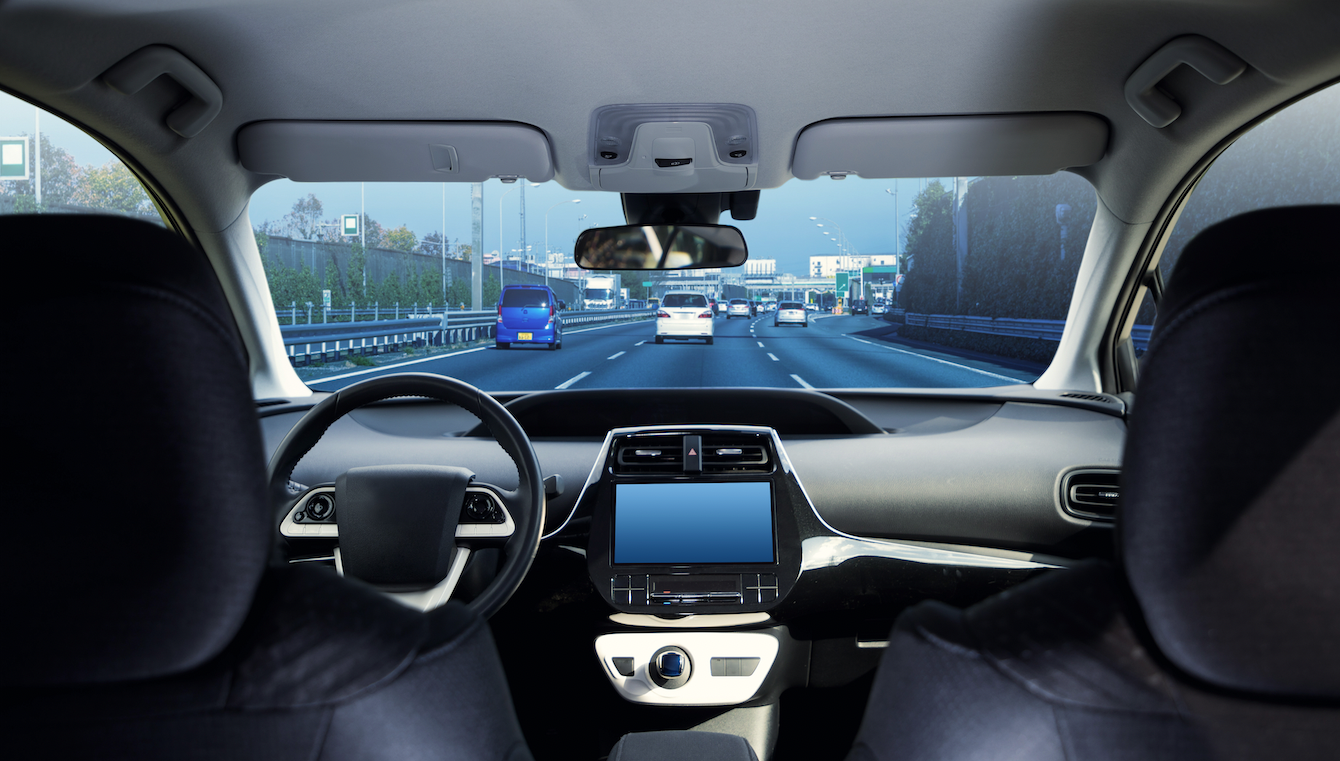Autonomous vehicle (AV) companies worldwide have begun rolling out their driverless taxi-type services, with Zoox being the latest to hit California’s streets. While they promise to enhance road safety, promote equity, and foster environmental sustainability, robotaxis simultaneously impacts the jobs of current taxi and ride-hailing drivers. A new study published in Transport Policy, titled “Modeling the operational and labor costs of autonomous robotaxi services,” from researchers in the Department of Engineering Management and Systems Engineering, highlights the importance of considering this impact when discussing robotaxi competitiveness.
Under the guidance of Assistant Professor John Helveston, Dr. Leah Kaplan, Ph.D. ‘24, and undergraduate student Lola Nurullaeva developed a cost model for this study grounded in real-world data, comparing the operational costs of traditional taxis against robotaxi services. Both students brought unique technical and domain knowledge to the research, as Kaplan defended her dissertation on the societal impacts of emerging artificial intelligence (AI) systems, particularly AVs, earlier this year. Nurullaeva’s knowledge of R programming proved invaluable in building the model itself.
“At the time of this project, I had recently completed a programming course in R with Dr. Helveston, where I developed key skills in data scraping and visualization. These abilities were essential to my contributions, allowing me to gather, process, and present complex datasets efficiently. Using RStudio, I scraped and analyzed data from existing taxi companies, which informed our cost model,” Nurullaeva explained.
Through a combination of archival research, direct observation, and semi-structured interviews, the team uncovered that robotaxi competitiveness will largely hinge on utilization rates and annual mileage. They found that a shift to robotaxis would decrease the total number of frontline jobs by between 57% and 76%, drawing attention to the significance of taking into account the workers displaced in this transition. However, a shift wouldn’t eliminate the need for workers; instead, it creates new roles in the industry, meaning labor will remain a significant operational cost as worker wages will also shift higher.
“In the age of AI, it’s easy to forget about human labor that may be hidden behind the scenes. Our results demonstrate the importance of identifying and accounting for that labor,” Kaplan stated.
The study’s findings have strong implications for transportation planning and policy, as they may help guide decision-makers in ensuring that the deployment of AV technology is both economically viable and socially responsible. While conversation remains ongoing regarding robotaxi services’ competitiveness, Kaplan and Nurullaeva’s research underscores the need to account for labor in future discussions around robotaxi competitiveness and the need for balanced policy approaches.


